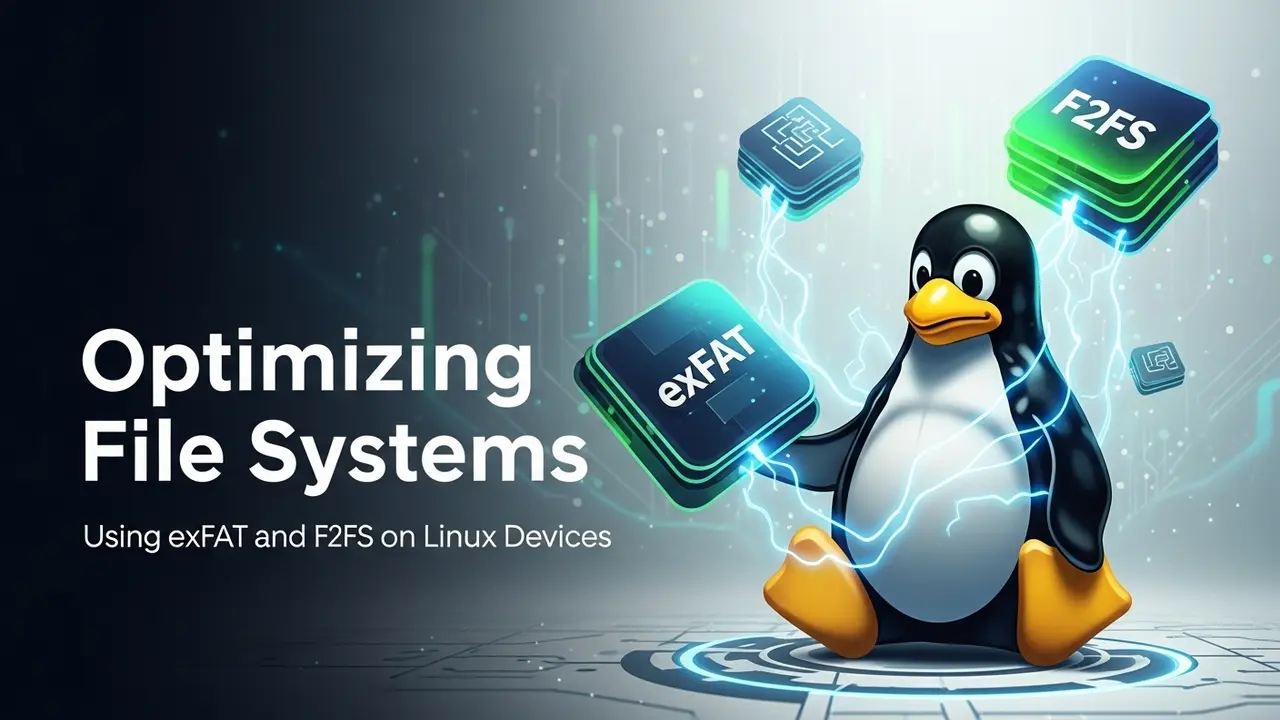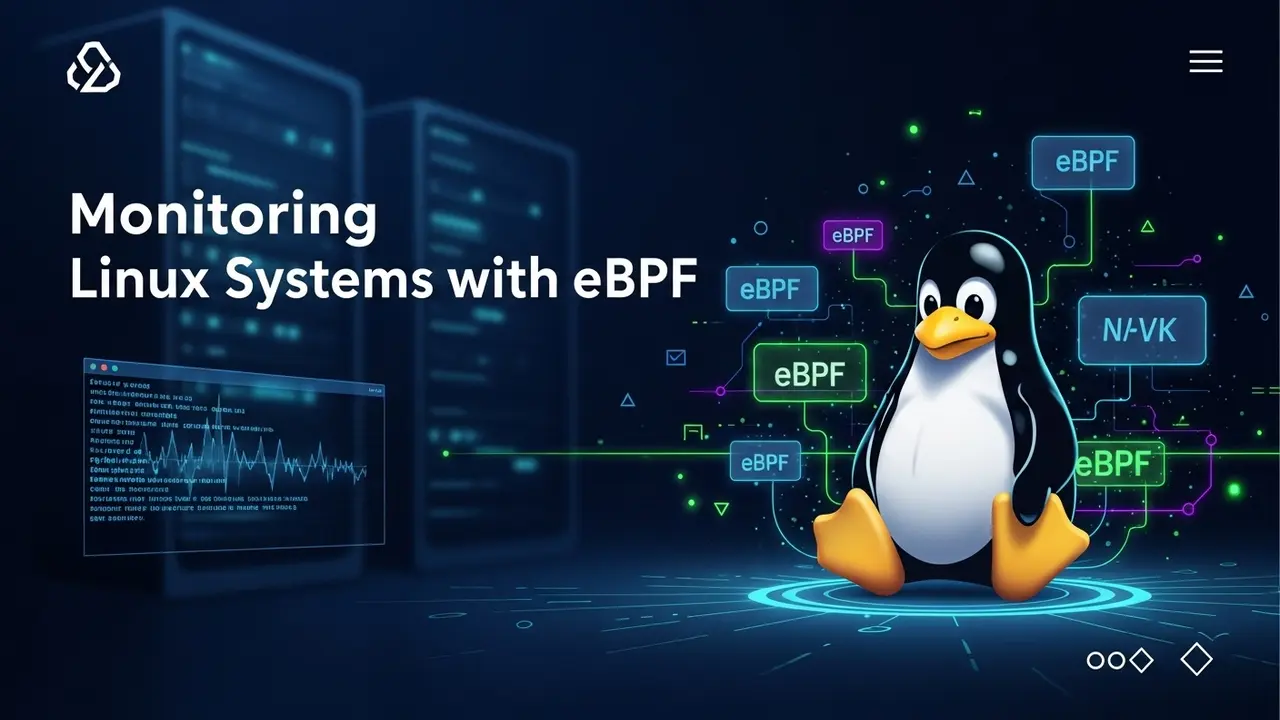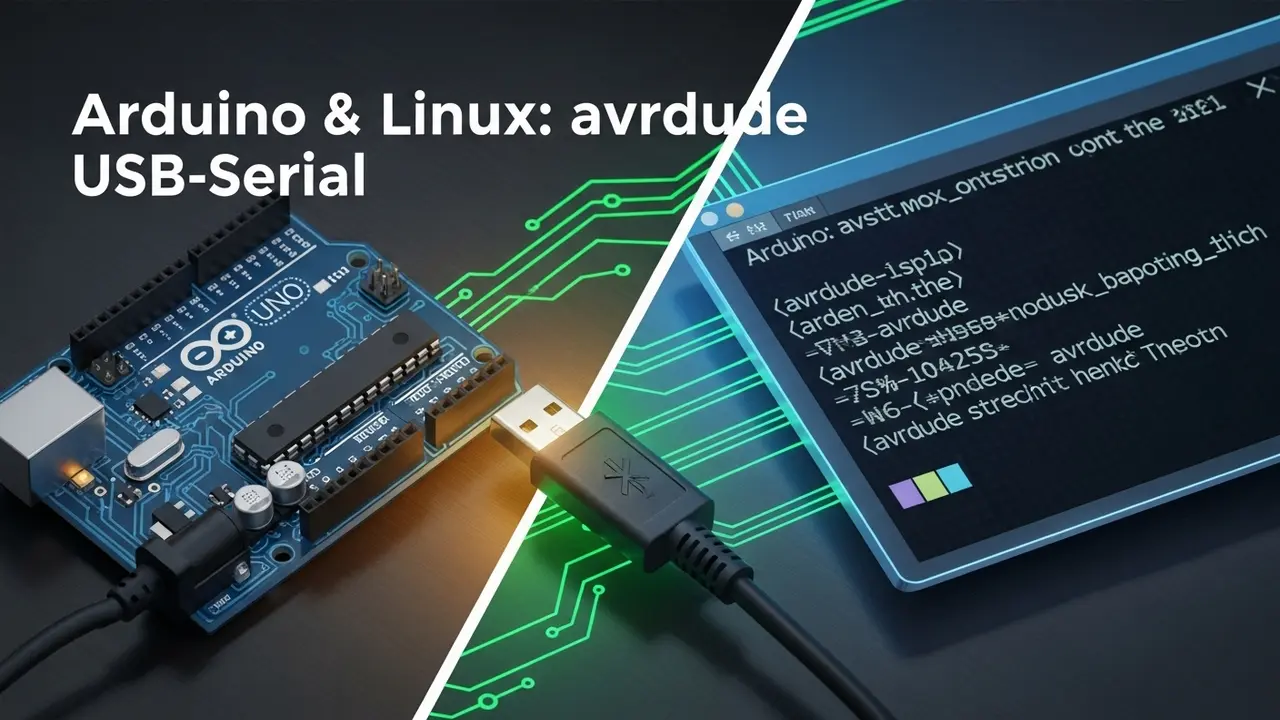- 1 Still waiting 30 seconds for your photo to save?
- 2 Two tiny file systems changed everything
- 3 Quick myth-bust
- 4 exFAT: the Swiss-army key chain
- 5 F2FS: give your SSD its wings
- 6 Numbers that shocked me
- 7 When to pick each one
- 8 The one safety step 90 % of folks skip
- 9 Sneaky performance tweak
- 10 FAQ corner
- 11 Do it once, forget about it
Still waiting 30 seconds for your photo to save?
I was there last month. SD card reader whirring, Lightroom frozen again. One more crash and I’d snap my laptop in half.
Turns out the file system itself is often the silent killer. The wrong one can turn a brand-new SSD into a rusty floppy.
Two tiny file systems changed everything
exFAT and F2FS. That’s it. One fixes the “my Windows friend can’t read my drive” headache, the other makes flash storage run like it just downed an espresso.
Quick myth-bust
• “I’m on Linux, so ‘ext4 or bust.’” – false.
• “exFAT is just for USB sticks.” – false.
• “F2FS is cutting-edge, gonna break tomorrow.” – in the kernel since 2012, shipped with Android.
exFAT: the Swiss-army key chain
If you slip your SD card into a Mac, then your Switch, then back into Linux and nothing explodes—you’re probably on exFAT already.
Install in one line:
sudo apt install exfatprogs # Debian / Ubuntu sudo dnf install exfat-utils # Fedora
Format a thumb-drive in six seconds:
sudo mkfs.exfat -n BackupStick /dev/sdX1
Auto-mount so you never type again:
Find the drive’s UUID [lsblk -f], open /etc/fstab, add:
UUID=ABC123 /mnt/backup exfat defaults,uid=1000,gid=1000 0 0
F2FS: give your SSD its wings
Samsung designed F2FS for the harsh reality of cheap, battered phone flash. On desktop NVMe? It’s fun.
Install:
sudo apt install f2fs-tools
Fresh start on /dev/nvme0n1p2:
sudo mkfs.f2fs -l FastDrive \
-O extra_attr,compression /dev/nvme0n1p2
Mount with the good stuff:
sudo mount -t f2fs -o discard,compress_algorithm=zstd:6 /dev/nvme0n1p2 /mnt/fast
Translation:
- discard = SSD trim, stops early death.
- zstd = shrink files, zero CPU sweat.
Numbers that shocked me
I moved a 10 GB Lightroom catalog from ext4 → F2FS:
- Export time: 2:34 min → 1:36 min
- cold-start app open: 6.9 s → 5.3 s
- free space: +1.8 GB thanks to compression.
When to pick each one
| Use-case | What you want |
|---|---|
| USB stick your Mac also reads | exFAT |
| Raspberry Pi SD card | F2FS |
| Home NAS spinning rust drives | stick with ext4 |
| Gaming laptop with NVMe | F2FS for game library, ext4 for root |
| Chromebook dual-boot USB | exFAT |
The one safety step 90 % of folks skip
I learned the hard way after my drone dump died in mid-copy:
- Copy, don’t move. Always backup before formatting.
- Live-USB first. Boot from it, format inside live session—no “oops, boot partition gone.”
- Test heavy load. Fill the new volume with junk, then delete. If anything barfs, better now than at 2 a.m.
Sneaky performance tweak
Run sudo hdparm -W 1 /dev/sdX on USB SSDs after mounting. Turns on the device’s internal write-cache, shaves another 10-15 % off large copies.
FAQ corner
exFAT for root partition?
Nope. It’s like using a paper clip to strap on a car wheel. Works once, but why risk it? exFAT has no permission bits and zero journal.
Can I shrink an F2FS volume later?
You can grow it on-line, but shrinking still needs the offline resize tool and backup/restore game. I just symlink large dirs off to another LV.
Kernel still on 5.4?
F2FS encrypts anyway, but zstd compression needs 5.9+. Pop into uname -r—anything under 5.10, first upgrade, then enjoy.
One-line script to run every trim Monday:
sudo fstrim -av
Do it once, forget about it
I reformatted last month with F2FS. Dropped my coffee, that first export flew by. Hopped over to my wife’s MacBook—used the same exFAT drive—moved the entire vacation folder in minutes, no extra packages, no email drama.
If your Linux box feels stuck in sand, try one of the two above. Worst case? Reformat again. Best case? You owe yourself another coffee break.







